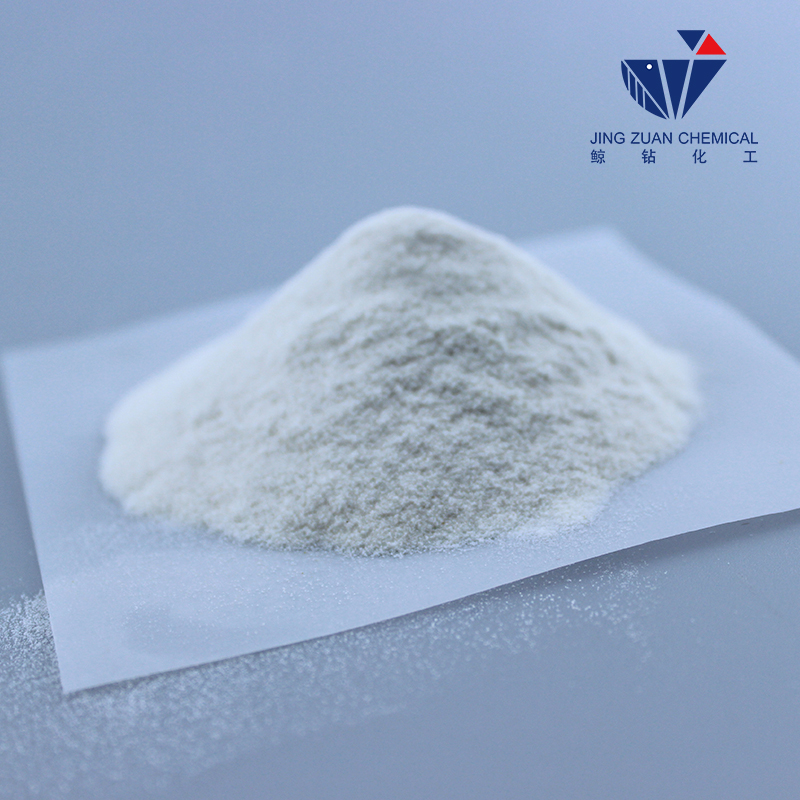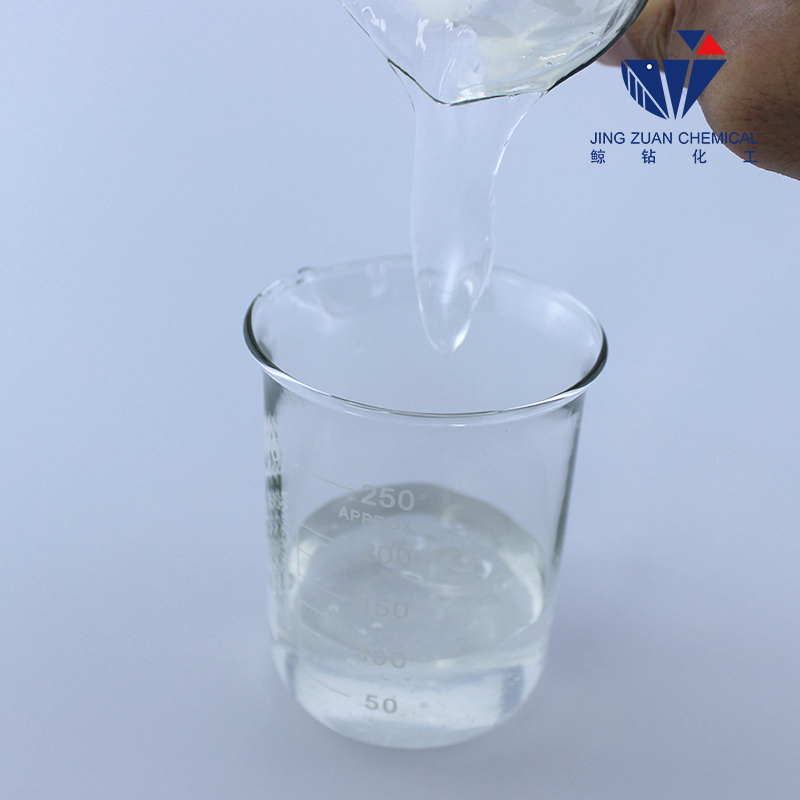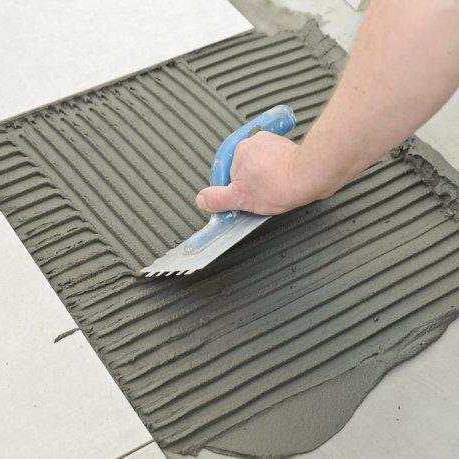
Oct . 12, 2025 12:10 Back to list
Cellulose Ether Liquid Thickener – High Purity & Stability
HPMC: a practical, modern take on cellulose ether
I’ve covered additives for years, and HPMC keeps popping up—in cement labs, tile adhesive lines, even shampoo plants. Why? It solves messy, real-world problems: water retention, sag control, workability. And frankly, it’s predictable, which engineers love.

What it is (and where it comes from)
Product: HPMC (Hydroxypropyl Methyl Cellulose), Chemical: C36H70O19. Produced at NO.1 Building, Technology Center, High-Tech Zone, Shijiazhuang, Hebei, China. In practice, this cellulose ether is a multifunctional thickener, water-retainer, and rheology modifier with gel temperature ≈62–70°C and moisture/ash both ≤5% (real-world use may vary by grade).
Where it’s used (and why people pick it)
- Tile adhesives and grouts: better open time, reduced slip, smoother spread.
- Gypsum plaster & wall putty: crack control, pumpability, creamy feel.
- Self-leveling underlayments: viscosity balance without segregation.
- Dry-mix mortars, EIFS/ETICS, repair mortars: water retention under hot/windy jobsites.
- Detergents & personal care: stable viscosity, clean sensory profile.
- Paints & coatings: sag resistance with less spatter (nice bonus).
Many customers say switching to this cellulose ether cuts callbacks. Honestly, keeping water in the system longer fixes half the finishing headaches.

Typical product specs
| Parameter | Specification | Method/Note |
|---|---|---|
| Viscosity | ≈400–200,000 mPa·s | Brookfield LV, 2% soln, 20±2°C |
| Moisture | ≤5% | Oven, 105°C |
| Ash (Residue) | ≤5% | 550°C muffle |
| Gel Temperature | 62–70°C | Visual gel point |
Note: grade selection matters—high-vis options boost sag resistance; mid-vis grades balance open time and workability.
How it’s made (condensed process)
Materials: refined cellulose, methyl chloride, propylene oxide, alkali. Method: alkalization → etherification → neutralization → washing → drying → milling → grading. QC includes viscosity profile, moisture/ash, gel temperature, and solution clarity per internal SOPs aligned with USP/NF Hypromellose and industry norms. Typical shelf life: around 24 months sealed, cool/dry storage.

Vendor snapshot (quick compare)
| Vendor | Strength | Viscosity Range | Certs | Lead Time |
|---|---|---|---|---|
| JZ Chemical (Hebei) | Balanced cost/performance; strong mortar know-how | ≈400–200,000 mPa·s | ISO 9001; conforms to USP/NF for Hypromellose | Around 2–4 weeks |
| Global Brand A | Premium consistency, wide regional stocking | Wide | ISO 9001/14001 | 1–2 weeks (in-stock) |
| Regional Supplier B | Aggressive pricing, basic tech support | Narrow | ISO 9001 | 3–5 weeks |
Customization and testing
- Adjust viscosity, substitution (MS/DS), particle size, and surface treatment (fast-dissolve).
- Mortar tests: EN 12004 slip/open-time; ASTM C109 compressive; ASTM C1437 flow.
- QC data example: open time +8–15 min; slip ≤0.3 mm; water retention ≥95% (tile adhesive lab mix, 23°C/50% RH).

Mini case notes
Middle East tile adhesive plant: switched to mid-vis cellulose ether; slip dropped 40%, open time +12 min, fewer callbacks in hot winds. Comment from the line manager: “Trowel feels lighter.”
SE Asia gypsum plaster: high-retention grade lifted surface hardness ≈10% (ASTM C472), with better sprayability; pump clogs disappeared.
Home-care liquids: fast-dissolve grade stabilized viscosity over 12 weeks at 40°C, no syneresis—nice, clean pour.
Trends I see
Sustainable construction is driving lighter formulations where a robust cellulose ether keeps workability without overloading polymer. Also, fast-wet and dustless blends are getting popular because, frankly, operators hate clumps and dust clouds.
References:
- USP–NF Monograph: Hypromellose (HPMC), latest edition.
- FDA 21 CFR 172.874 — Hydroxypropyl methylcellulose (food additive).
- EN 12004 — Adhesives for tiles; determination of open time and slip.
- ASTM C109/C109M — Compressive strength of hydraulic cement mortars.
-
Cellulose Ether | High Purity, Fast Hydration, Stable Flow
NewsNov.17,2025
-
Cellosize HEC Thickener – High Purity, Fast-Dissolving
NewsNov.17,2025
-
Cellulose Ether: High-Purity Liquid Thickener, HEC Cellulose
NewsNov.17,2025
-
VAE Powder (RDP): High Adhesion & Flexibility for Mortars
NewsNov.17,2025
-
Cellulose Ether: High Purity, Fast-Dissolving, Stable Flow
NewsNov.17,2025
-
Cellosize HEC Thickener – High Purity, Fast-Dissolving
NewsNov.11,2025







